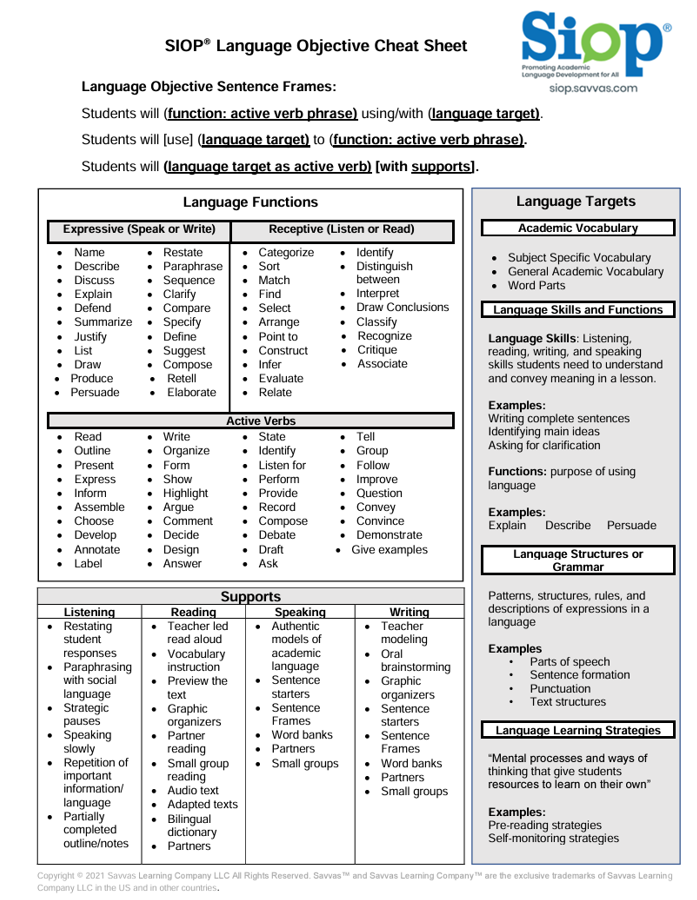Navigating Language Objectives and Cultural Understanding in Effective Language Teaching
- Mu Mei Hsueh
- Jan 9, 2024
- 3 min read
Updated: Jan 13, 2024
M26 U1 Activity 1 Principles for Effective Classroom Language Instruction
The Key Principles and Essential Factors for Successful Language Teaching and Learning-Navigating Language Objectives and Cultural Understanding
After researching and reading all the articles in the Activity Resources section, I believe that one of the general principles for effective language instruction involves navigating language and cultural objectives. This understanding is drawn from a synthesis of collective knowledge and my personal experiences in language teaching and learning.
What are the distinctions between Content Objectives, Language Objectives, and Cultural Objectives?1c87cc
1.Identification of Content Objectives:
Content objectives revolve around subject-specific knowledge and skills. They focus on what students will learn regarding the actual subject matter.
2. Identification of Language Objectives:
A language objective tells students which language is necessary to show understanding (Huynh, 2020). These objectives cover speaking, listening, reading, and writing, including (Himmel, 2012):
Using language functions related to the lesson's topic (e.g., explaining, guessing).
Important words needed to fully participate (e.g., key terms, vocabulary).
Strategies that help understand (e.g., asking questions, making guesses)
3. Identification of Cultural Objectives:
The goal is for students to understand the cultural context within the language they're learning, including its nuances. They should also recognize the diversity among different speech communities and how language use differs across various cultural groups (Arias & Medina, 2020).
4. Role of Language and Content Objectives:
Language objectives focus on "how" to use language to understand the content, while content objectives cover "what" to learn. Success requires both types of objectives, and teachers' engaging teaching helps support these objectives (Huynh, 2020).
Drawing from my knowledge and the preceding content, I have arranged them in the following form.
Examples for each objective aligned with the World Languages Standards for California Public Schools (2019):
More Example:
Why is it important to consider them for effective language teaching and learning?1c87cc
Clear language objectives, as emphasized by Echevarria and Short (2010), align language skills with academic content, ensuring the development of necessary language competencies within grade-level concepts. Huynh (2020) underscores the necessity of these objectives, highlighting their role in clarifying expectations and enabling targeted support for students' language needs, thereby enhancing learning outcomes.
Additionally, Arias and Medina (2020) emphasize the pivotal role of cultural integration in language learning, highlighting that understanding different cultures helps improve language proficiency. Integrating language teaching within cultural settings fosters a deeper understanding of cultural nuances, speech community diversity, and speaker variations, enriching both language proficiency and cultural appreciation.
What role equity and access play within?
Equity and access are integral to effective language teaching and learning. Language objectives (Echevarria & Short, 2010) provide clear guidelines, ensuring fair access to content by aligning language skills with academic knowledge. Huynh (2020) emphasizes that defined language objectives foster clarity and tailored support, promoting equitable learning opportunities. Cultural integration (Arias & Medina, 2020) enriches language education, ensuring equitable representation and inclusivity. Sociocultural competence (Medina, 2018) fosters critical self-reflection, encouraging connections amid diversity for inclusive learning environments.
Recommended Resources for How to write Language Objective
References:
Arias, B., & Medina, J. (2020, October 15). Sociocultural competence in action. Language Magazine. Retrieved from https://www.languagemagazine.com/2020/10/15/sociocultural-competence-in-action/
California Department of Education. (2019). World Languages Standards for California Public Schools. Retrieved from chrome-extension://efaidnbmnnnibpcajpcglclefindmkaj/https://resources.finalsite.net/images/v1634740060/sdcoenet/f8vx1lefre5wupjvb21y/world-languages-standards.pdf
Echevarria, J., & Short, D. ( 2010). Programs and practices for effective sheltered content instruction. In California Department of Education (Ed), Improving education for English learners: Research-based approaches. Sacramento, CA: CDE Press.
Huynh, T. (2020, July 12). How to write language & culture objectives [Blog post]. Retrieved from https://www.empoweringells.com/culture-objectives/
Himmel, J. (2012). Language Objectives: The Key to Effective Content Area Instruction for English Learners. Colorín Colorado. Retrieved from https://www.colorincolorado.org/article/language-objectives-key-effective-content-area-instruction-english-learners
Short, D. J., Becker, H., Cloud, N., Hellman, A. B., & Levine, L. N. (2024). What Are The 6 Principles? TESOL. Retrieved from https://www.the6principles.org/about/
Savvas Learning Company LLC. (2021). [Image description]. Retrieved from chrome-extension://efaidnbmnnnibpcajpcglclefindmkaj/https://www.slps.org/cms/lib/MO01001157/Centricity/Domain/5082/SIOP%20LO%20Cheat%20Sheet.pdf






Comments